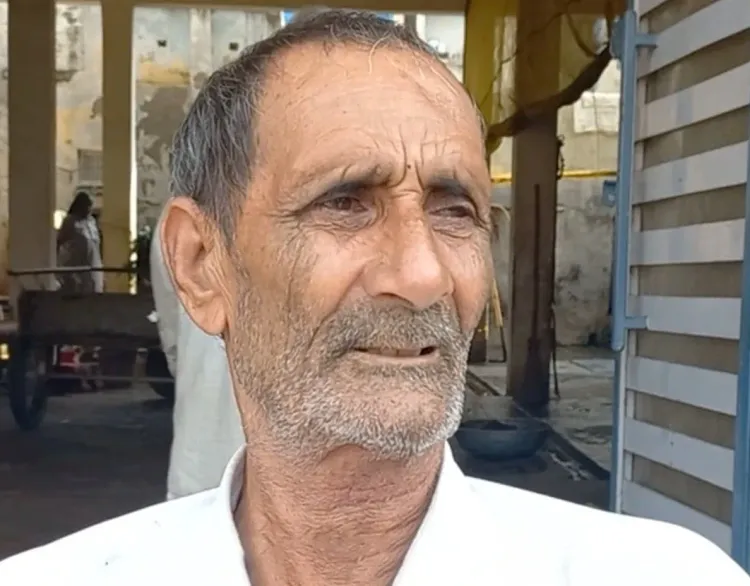What Does the Prime Minister Dhan-Dhaanya Krishi Yojana Mean for Farmers?

Synopsis
Key Takeaways
- Launch Year: Scheme starts in 2025-26.
- Target Districts: 100 districts will be covered.
- Loan Accessibility: Affordable loans to reduce dependency on moneylenders.
- Focus Areas: Irrigation, post-harvest storage, and crop diversification.
- Monitoring: Progress tracked through 117 key Performance Indicators.
Kaithal, July 16 (NationPress) The recent approval of the Prime Minister Dhan-Dhaanya Krishi Yojana by the Union Cabinet, led by Prime Minister Narendra Modi, has garnered enthusiastic responses from farmers nationwide. Indra Singh, a farmer residing in Kaithal, Haryana, expressed on Wednesday that this initiative is a significant and necessary development for the agricultural community.
In a conversation with IANS, Indra Singh shared his optimism: "The Pradhan Mantri Dhan-Dhaanya Yojana represents a positive effort by the government. Enhanced irrigation through underground pipelines is essential to minimize water waste. Availability of crop storage at the village level would alleviate our challenges. The high costs associated with transporting crops, coupled with exorbitant charges from tractor owners, often burden us. This scheme is poised to address such expenses effectively."
He went on to highlight that affordable loans accessible through government initiatives could revolutionize the prospects for small-scale farmers.
"Middlemen impose steep interest rates and frequently delay repayments. However, this scheme is designed to offer lower and more accessible loans from the government, thus reducing our reliance on local moneylenders," he remarked to IANS.
The Prime Minister Dhan-Dhaanya Krishi Yojana, set to launch in the 2025-26 financial year, will span six years and target 100 districts throughout India. It is inspired by the NITI Aayog’s Aspirational Districts Programme and is centered on agriculture and its allied sectors.
The initiative seeks to improve agricultural productivity, promote crop diversification and sustainable farming practices, enhance post-harvest storage capabilities at both panchayat and block levels, boost irrigation facilities, and facilitate access to long-term and short-term credit, as stated in the official documents.
Implementation will involve the integration of 36 existing schemes across 11 departments, as well as partnerships with state initiatives and the private sector.
The selection of 100 districts will rely on three critical indicators: low productivity, reduced cropping intensity, and limited credit disbursement. Each state/UT will contribute a minimum of one district based on the Net Cropped Area and operational holdings, according to official statements.
Committees at the District, State, and National levels will be established to ensure effective planning, execution, and monitoring of the Scheme. A comprehensive District Agriculture and Allied Activities Plan will be developed by the District Dhan Dhaanya Samiti, which will include progressive farmers as members.
District Plans will align with national objectives aimed at crop diversification, water and soil health conservation, achieving self-sufficiency in agriculture and allied sectors, as well as promoting natural and organic farming.
The progress within each Dhan-Dhaanya district will be tracked via 117 key Performance Indicators through a monthly dashboard.
NITI Aayog will provide oversight and guidance on the district plans. Additionally, Central Nodal Officers assigned to each district will regularly review the implementation of the scheme, as explained in the statement.






